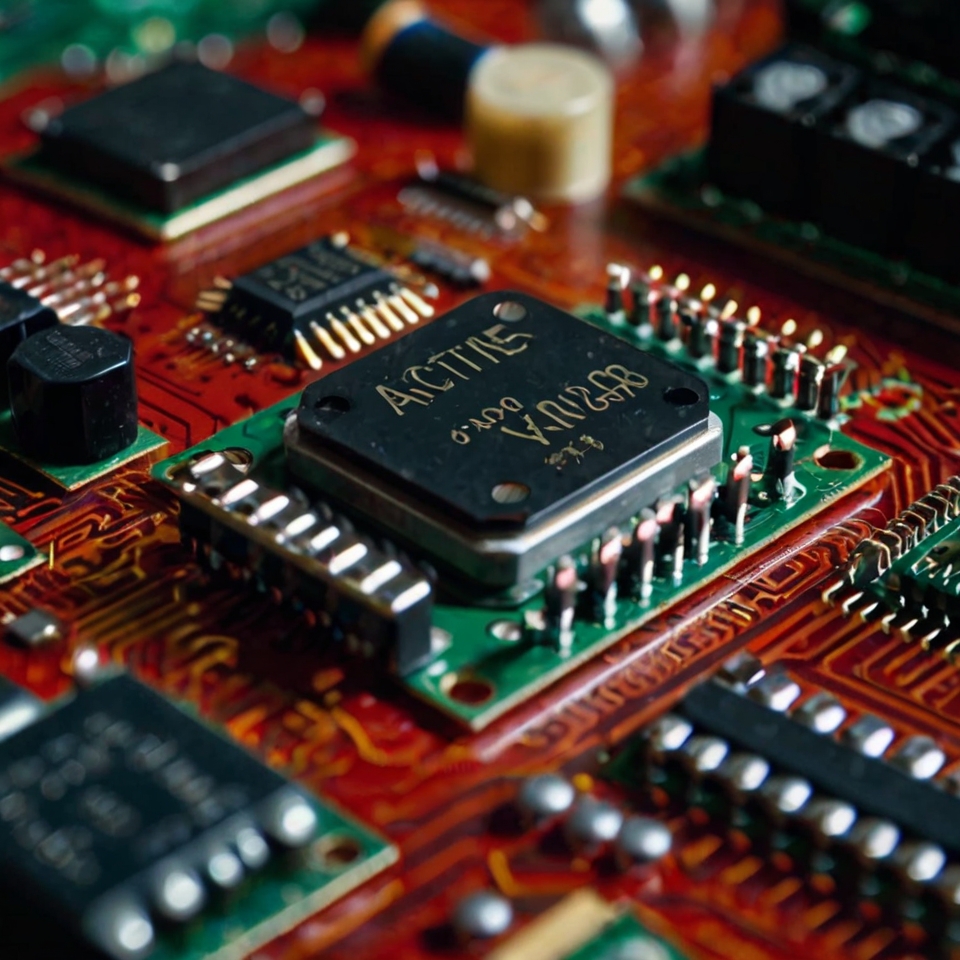The active electronic components market is forecasted to reach new heights by 2031, driven by the expanding application of electronics across various sectors. Active components, which include vital parts like semiconductors, integrated circuits, and transistors, are essential in amplifying signals and managing power within electronic systems. As industries such as telecommunications, healthcare, and automotive embrace digital transformation, the demand for these components is expected to surge.
Technological Advancements Fueling Demand
One of the primary factors fueling the growth of the active electronic components market is the continued evolution of the Internet of Things (IoT) and connected devices. IoT devices require robust electronic components to handle real-time data processing, connectivity, and automation. As industries adopt IoT solutions for improved efficiency, the need for reliable active components grows, creating a significant demand within the market.
The rollout of 5G networks is another technological driver. The high-speed, low-latency requirements of 5G demand advanced active components capable of managing substantial data loads. This shift is essential for enabling next-generation applications, such as augmented reality (AR), virtual reality (VR), and enhanced mobile broadband, all of which rely heavily on high-performance components.
Emerging Applications in the Automotive Sector
The automotive sector is experiencing a digital transformation, with electric vehicles (EVs), hybrid models, and self-driving technology on the rise. These vehicles require advanced active electronic components for power management, sensor control, and connectivity systems. As a result, automotive manufacturers are investing heavily in components that can enhance safety and performance, supporting the growth of the active components market.
Market Trends: Sustainability and Miniaturization
Environmental sustainability is a key consideration influencing product development in the active electronic components market. As environmental regulations tighten, manufacturers are striving to create components that consume less energy and generate minimal waste. This trend is not only environmentally beneficial but also aligns with consumer demands for sustainable products.
In addition to sustainability, miniaturization remains a crucial trend. Compact devices, from smartphones to medical implants, require smaller yet more efficient components. This trend pushes manufacturers to innovate and develop components that occupy less space while delivering enhanced performance.
Regional Growth Prospects
The Asia-Pacific region is anticipated to hold a significant share of the active electronic components market by 2031. Countries like China, Japan, and South Korea are leading in electronics manufacturing and technological development, contributing to the region’s dominance. Meanwhile, North America and Europe are witnessing increased demand due to advancements in telecommunications, automotive technologies, and defense applications.
Challenges in the Market
Despite its promising growth, the active electronic components market faces several challenges. Supply chain issues, particularly in semiconductor production, can impact market stability. Additionally, compliance with environmental and safety standards is becoming increasingly stringent, adding cost and complexity to production processes.
Future Outlook
The future of the active electronic components market looks bright, driven by continuous technological innovation and the expansion of digital infrastructure worldwide. From smart homes and connected cars to advanced medical devices, the applications for active components are diverse and growing. By 2031, the market is expected to play an even more integral role in supporting digital transformation across industries.
Conclusion
The active electronic components market is on a robust growth path toward 2031, with multiple sectors contributing to its expansion. As technology advances and new applications emerge, the demand for efficient, sustainable components will continue to rise. While challenges remain, the market’s resilience and adaptability underscore its critical role in powering the devices and technologies of the future.
